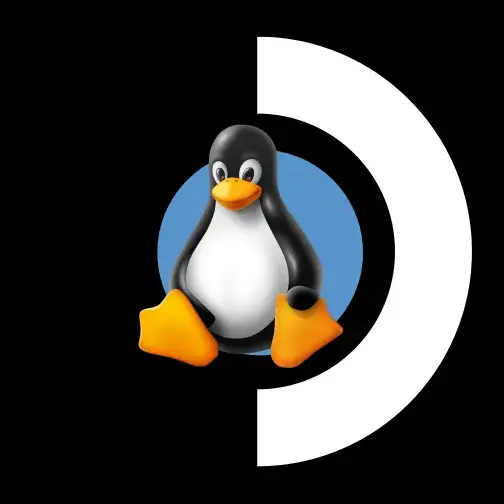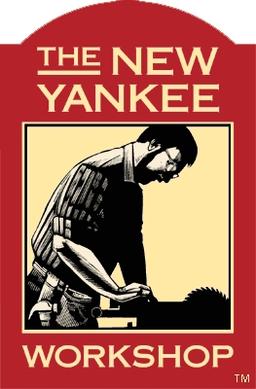Ublue will happily include media codecs, nvidia drivers, ootb hardware acceleration… the things you would likely do with a Fedora image - but Fedora can’t or won’t include by default due to strict guidelines on their project or legal concerns.
Side other niceties like ublue includes distrobox, which is commonly used in other immutable distros, but Fedora don’t include it.
It’s basically overcoming Fedora’s limitations as a starting point. And It’s not downstream, it’s more alongside Fedora, you’re essentially running Fedora with ublue’s optimisations plugged in. When Fedora’s updates come through, you’ve got them.
And here’s the mission statement https://universal-blue.org/mission.html













Cockatoos are up to something alright. Shredding my verandah railing.